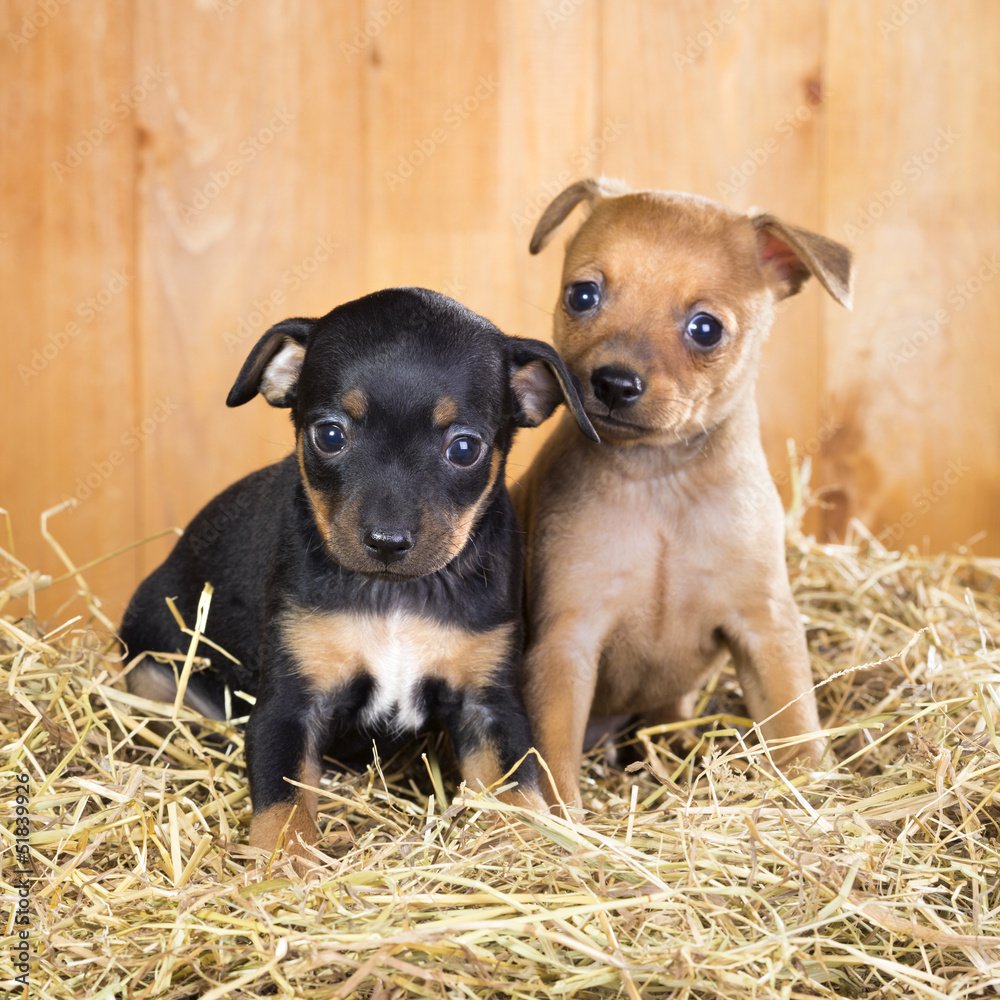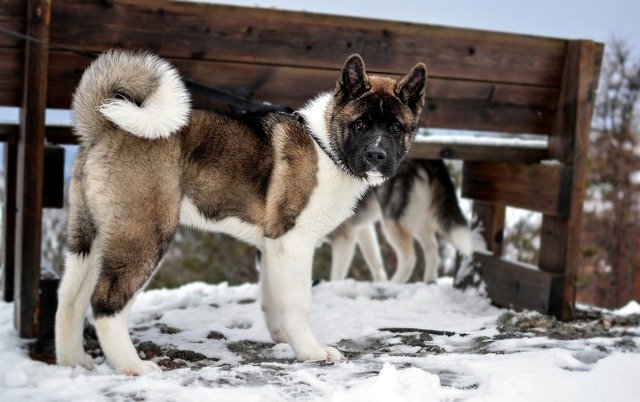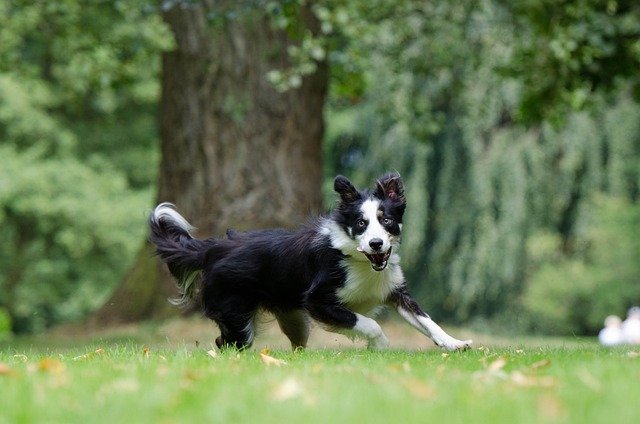Dogs express their intentions and feelings through different types of body language. To maintain a strong and healthy relationship with your dog, you need to understand your dog’s body language properly. As a responsive pet owner, by learning how to interpret these signals, you can better respond to their needs. Thus, you can enhance your bond with your dog. Here is a guide for you, which includes key elements of dog body language and practical tips for effective communication with your pet.

Table of Contents
Why Understanding Dog Body Language Matters
Dogs communicate primarily through body language. If you understand dog body language or signals, you can achieve the following advantages:
- Strengthen Your Relationship: If you understand your dog body language and respond in the proper way, it helps you build trust and a close connection with your dog.
- Realize Your Dog’s Emotional State: By understanding your dog’s body language, you can identify your dog’s emotional state, such as happiness, anxiety, or stress. Thus, it helps you address their emotional needs.
- Enhance Training and Behavior Management: If you can identify signs of discomfort, you can improve the effectiveness of your dog’s training and behavior management strategies.
Main Features of Dog Body Language
Ear Position
- Ears Relaxed: When your dog is feeling relaxed, it keeps its ears in a neutral position.
- Ears Up and Forward: When your dog is attentive and interested in anything, its ears may be up and forward. It could also be a sign of excitement or curiosity.
- Ears Back: When your dog feels fear, anxiety, or submission, it pins back its ears against its head. Besides this signal, it’s important to consider other dog body language cues to understand the full context.
Facial Expressions
- Lip Licking and Yawning: Lip licking and yawning can be signs of stress or discomfort. Lip licking may also be an indicator of expectations.
- Soft Eyes and Relaxed Face: When your dog feels relaxed, its eyes look soft and non-intense. Relaxation may be shown in its face. Soft eyes and a relaxed face often indicate comfort and trust.
- Wide Eyes and Raised Eyebrows: When your dog feels fear, stress, or confusion, it widens its eyes and raises its eyebrows. These signs can also indicate feeling overwhelmed or anxious.
Tail Position and Movement
- Wagging Tail: When your dog is happy or excited, it generally wags its tail. However, different positions of the wagging tail can provide different clues. If a wagging tail is held high, it generally indicates excitement. But a low wagging tail might signify submission or insecurity.
- Rigid Tail: When your dog feels alert or aggressive, it can make its tail stiff and upright.
- Tail Tucked Between Legs: When your dog feels fear, anxiety, or submission, it often tucks its tail between its legs. It’s a sign that indicates your dog may feel threatened or unsure.
Body Posture
- Relaxed and Loose: When your dog is generally calm and content, it shows a relaxed posture, including a loose body and wagging tail.
- Cowering or Shrinking: When your dog feels fear or submission, it often shows this posture. It’s important to approach such a dog gently and with reassurance.
- Stiff and Tense: When your dog is on high alert, anxious, or defensive, it makes its body stiff and tense. This dog body language can also indicate aggressive behavior.
Play Bow
- Play Bow: If you notice that your dog bows by lowering its front legs and keeping its rear end up, it indicates a friendly invitation to play. When your dog is in a playful and non-threatening mood, it shows this gesture.
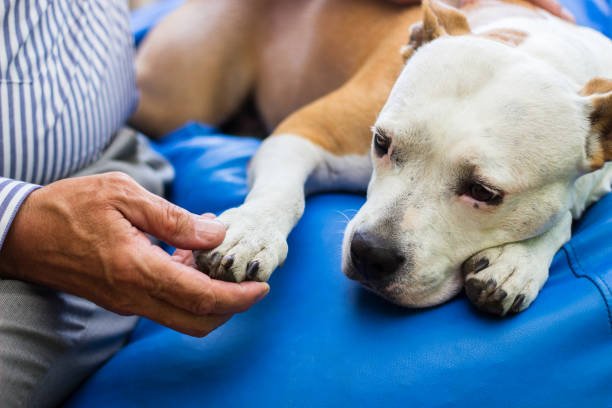
Practical Tips for Understanding and Responding to Dog Body Language
Observe the Whole Picture:
Observation is a very important part of understanding the dog body language. When you check out your dog’s body language, don’t rely on a single cue. Look at the combination of facial expressions, tail position, ear stance, and overall posture to accurately interpret your dog’s emotions.
Consider the Context:
Considering the context plays a crucial role in understanding body language. For example, a wagging tail may mean different things in different situations. Its indication is not the same during playtime and when at the vet.
Respond Appropriately:
- For Relaxed Dogs: You should continue providing positive reinforcement and enjoy the calm interaction.
- For Aggressive Dogs: You should give them space but avoid provoking them further. If you need help, seek a professional for proper assistance.
- For Anxious Dogs: You should create a comfortable and soothing environment, but avoidance of sudden movements is also needed.
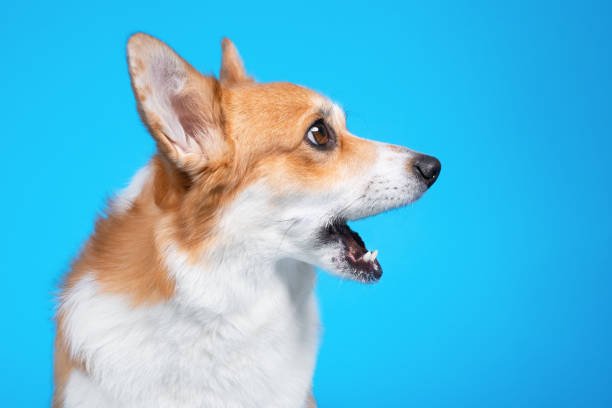
Engage in Positive Reinforcement:
Always use positive reinforcement to reward desirable behaviors and reinforce trust. To build a stronger bond and encourage your dog to communicate more openly, positive reinforcement is necessary.
As a responsive pet owner, you have to understand your furry friend’s body language properly. By paying attention to your dog’s overall body posture, you can enhance your dog’s well-being and enrich your relationship with them. Proper observation, staying patient and enjoying the journey of understanding your furry friend are essential in this regard.
For more information and tips on dog behavior and training, be sure to explore our blogs and stay with us for more helpful guides.

